Setting out on a road trip is an exciting way to learn more about the history of the country and about the history behind where you are going. If you’re heading to Philadelphia, named the “birthplace of America,” you’ll find out that it was the first capital of the United States, where the Declaration of Independence was signed and the meeting place for the 1st Continental Congress, and the Constitutional Convention.
There is lots to see and learn while there, such as the interesting fact that the city has trees from the moon, raised from seeds that journeyed into space in 1975, as part of the Apollo 14 mission and, Philadelphia hosted the nation’s first zoo, the Philadelphia Zoo, which opened its gates in 1874. There’s lots to see and do, but travel with care.
However, Philadelphia has some notoriously dangerous intersections, and being aware of them can help you stay safe. In this post, as part of our Pennsylvania travel tips, we’ll discuss some of these intersections and give you useful tips to avoid while traveling in the area.
Here are some of the most accident-prone spots:
- Broad Street & Olney Avenue – This is the single most dangerous intersection in Philadelphia, with heavy pedestrian traffic and frequent collisions. The combination of SEPTA buses, cars, and people crossing makes it a high-risk zone.
Watch this video to get a glimpse of this intersection:
- Fifth Street & Olney Avenue – Located near shopping areas and public transportation stops, this intersection sees congestion throughout the day. Sudden lane changes and speeding contribute to frequent accidents.
- Cottman Avenue & Bustleton Avenue – A major crossroad in Northeast Philadelphia, this intersection is packed with retail stores and fast-moving traffic, leading to frequent crashes, especially during rush hours.
- 11th Street & Market Street – A bustling downtown intersection with heavy foot traffic from nearby shops and businesses. The mix of cars, buses, and pedestrians creates a high risk for accidents.
Watch this video to get a glimpse of this intersection:
- Roosevelt Boulevard & Red Lion Road – Roosevelt Boulevard is infamous for its high accident rate, and this intersection is one of the worst. Multiple lanes, confusing traffic patterns, and high speeds make it especially dangerous.
- Roosevelt Boulevard & Grant Avenue – Another dangerous stretch of Roosevelt Boulevard, this intersection sees frequent collisions due to speeding and sudden lane changes.
- Roosevelt Boulevard & Adams Avenue – This part of Roosevelt Boulevard is a hotspot for accidents, with multiple lanes and heavy commuter traffic creating dangerous driving conditions.
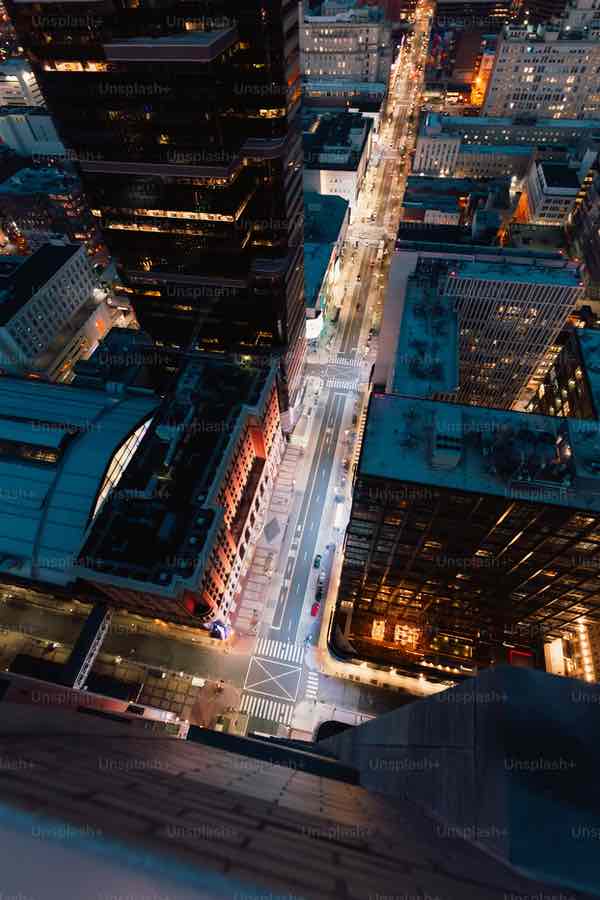
In the bustling streets of Philadelphia, the hum of daily life is sometimes punctuated by the unexpected. Sudden and disorienting car accidents can drastically alter the lives of those involved. Amidst the immediate aftermath marked by confusion and chaos the presence of an auto injury lawyer in Philadelphia is not only a beacon of legal guidance but a crucial ally that assists you in navigating the complex legal landscape that ensues.
Understanding the Immediate Impact
The immediate aftermath of a car accident means facing a barrage of decisions and dealing with potential missteps, finding medical attention and filing insurance claims. The process is further complicated where traffic laws intertwine with unique local ordinances, creating a difficult tapestry to be navigated.
Every accident has its own set of circumstances and challenges and the role of an auto injury lawyer is to help untangle the legal ramifications so clients can focus on healing.
While the physical and emotional toll of an accident is readily apparent, the legal implications are often less clear. This is where a lawyer comes into play by demystifying the process, advocating for the injured, and ensuring their rights are protected from the outset.
A Safeguard Against Underestimation
Insurance companies, while essential, often prioritize their bottom line over the welfare of the individuals involved in a car crash. A common pitfall for accident victims is underestimating the complexity of negotiations with insurance adjusters, who are trained to minimize payouts. A lawyer is equipped to navigate the subtleties of insurance negotiations and advocate on behalf of the injured driver.
A seasoned lawyer understands that each case is unique. They meticulously assess the nuances of the incident—examining police reports, gathering witness statements, and collaborating with medical professionals to evaluate the extent and possible longevity of injuries. This comprehensive approach ensures the compensation sought reflects the true scope of damages, and encompasses medical expenses, lost wages, and emotional distress.
Legal Representation and Advocacy
Beyond insurance negotiations, the role of a lawyer extends into the courtroom. Where settlements cannot be amicably reached, litigation becomes necessary. Here, the lawyer’s ability to articulate the intricacies of the case and present evidence effectively makes a significant difference in the outcome.
Philadelphia’s courtrooms are unique in their demands and expectations. A lawyer well-versed in the local judicial climate can strategically navigate these proceedings, advocating for their client’s best interests with a depth of understanding that out-of-town practitioners might lack.
Easing the Burden of Legal Complexities
The legal process is fraught with intricacies that can overwhelm those unacquainted with its demands. From filing deadlines to the specifics of Pennsylvania’s comparative negligence laws, a lawyer filters through the legal jargon, presenting clients with clear and actionable information. This clarity not only eases the burden on the injured but empowers them to make informed decisions regarding their case.
Furthermore, a lawyer’s involvement ensures victims are not rushed or coerced into accepting inadequate settlements. The lawyer’s presence signals that the injured individual is serious about pursuing fair compensation, effectively serving as a deterrent against lowball offers and unwarranted delays.
A Partner in Recovery
The process of recovery after a car accident is multifaceted, often extending into emotional and financial recovery in tandem with the physical recovery process. An injury lawyer is not merely a legal advisor but a partner in your journey. They provide a steady hand, offering reassurance and guidance at each step, allowing individuals to focus on healing and rebuilding their lives.
Navigating the aftermath of an accident is daunting. A good attorney will be committed to being more than just legal counsel. They aim to be a pillar of support and clarity for those facing one of the most challenging times of their lives.
The relationship between a client and their lawyer is built on trust—a trust that the lawyer exhausts all avenues to secure justice and equitable compensation. This partnership is transformative, offering clients the opportunity to find closure and peace as they put the pieces of their lives back together.
The Broader Implications?
Lawyers also speak to a broader societal framework. They serve as a reminder of the legal protections afforded to individuals and the importance of accountability within the community. Car accidents bring about a collision of personal and public interests where the rule of law is tested and reaffirmed.
Meghan Berry, who has devoted much of her career to marketing and communications at nonprofits in New York City, is leaving behind office life for the classroom. This year, she begins a new journey as a middle school English teacher in Brooklyn and will otherwise be found traveling, kayaking, and riding her bike. Having grown up in rural New Jersey (yes, it exists), Meghan enjoys discovering pockets of nature and unexpected beauty in the city. Red Hook is home, and she celebrates it on Instagram @red_hookery.

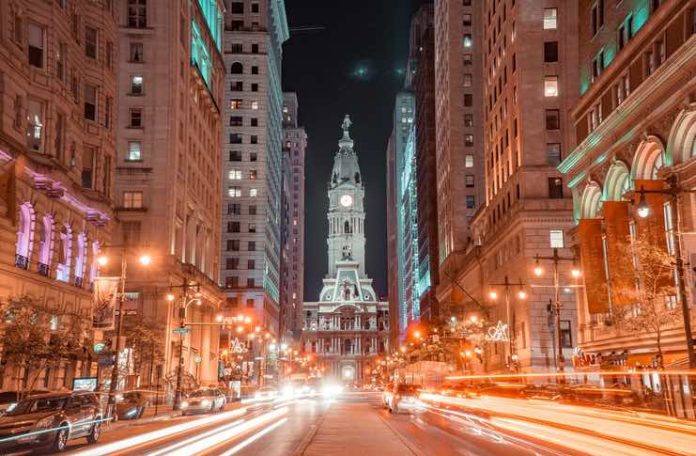



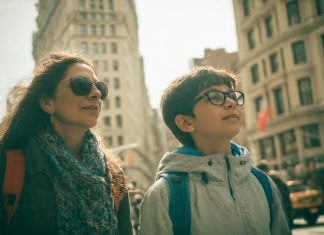




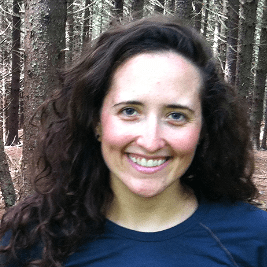 Sarah Knapp is a Brooklyn based entrepreneur whose love for the outdoors and community building led her to the October 2013 creation of OutdoorFest. She has a BA in History, is a Wilderness First Responder and a NY state hiking, camp and boating guide. Her proudest achievement to date is reading the Aeneid in Latin.
Sarah Knapp is a Brooklyn based entrepreneur whose love for the outdoors and community building led her to the October 2013 creation of OutdoorFest. She has a BA in History, is a Wilderness First Responder and a NY state hiking, camp and boating guide. Her proudest achievement to date is reading the Aeneid in Latin.  Allison was one of our first top writers and Chief Editor but is no longer working with offMetro. Allison is a native New Yorker, who has lived in Rome, Tuscany, Melbourne, Toronto and Los Angeles. She frequently contributed travel pieces to Family Travel Forum, using her own children as guinea pigs as they travel the globe. She never missed a chance to sample local delicacies, as her love for travel goes hand-in-hand with her love for food and wine.
Allison was one of our first top writers and Chief Editor but is no longer working with offMetro. Allison is a native New Yorker, who has lived in Rome, Tuscany, Melbourne, Toronto and Los Angeles. She frequently contributed travel pieces to Family Travel Forum, using her own children as guinea pigs as they travel the globe. She never missed a chance to sample local delicacies, as her love for travel goes hand-in-hand with her love for food and wine. 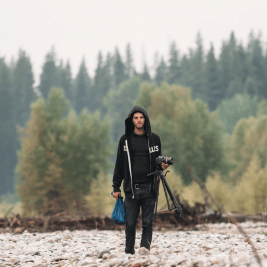 Josh Laskin is a freelance travel writer and photographer based in the White Mountains of New Hampshire. When he is not at work or on the road, you can find him in the mountains snowboarding, climbing, hiking, fly fishing, mountain biking, and eating bagel bites.
Josh Laskin is a freelance travel writer and photographer based in the White Mountains of New Hampshire. When he is not at work or on the road, you can find him in the mountains snowboarding, climbing, hiking, fly fishing, mountain biking, and eating bagel bites. Annie is a travel writer, environmentalist, and surfer based in Venice, CA. She heads up our West Coast team, keeps our grammatical errors in check, and makes sure our California writers always have a plan for their next adventure. Follow Annie’s travels @annelisemcb.
Annie is a travel writer, environmentalist, and surfer based in Venice, CA. She heads up our West Coast team, keeps our grammatical errors in check, and makes sure our California writers always have a plan for their next adventure. Follow Annie’s travels @annelisemcb. Carly Pifer is a freelance writer who has been known to follow whims inspired by romantic movie scenes or colorful street style shots to India, Japan, Tunisia and Argentina. After stints living in Seoul, Boston, Paris and Los Angeles, writing and searching for something intangible, she landed somewhat steadily in Brooklyn and has begun to find inspiration in her more immediate surroundings.
Carly Pifer is a freelance writer who has been known to follow whims inspired by romantic movie scenes or colorful street style shots to India, Japan, Tunisia and Argentina. After stints living in Seoul, Boston, Paris and Los Angeles, writing and searching for something intangible, she landed somewhat steadily in Brooklyn and has begun to find inspiration in her more immediate surroundings.  Kate E. O’Hara is a New York based freelance writer and photographer who loves all things food—especially the people who make it and market it. Her writing aims to capture the essence of the food experience; the stories that go well beyond a plate of ingredients. In addition to her love of food, Kate is also known to have a hankering for red wine and craft beer. You can also find Kate on Instagram
Kate E. O’Hara is a New York based freelance writer and photographer who loves all things food—especially the people who make it and market it. Her writing aims to capture the essence of the food experience; the stories that go well beyond a plate of ingredients. In addition to her love of food, Kate is also known to have a hankering for red wine and craft beer. You can also find Kate on Instagram